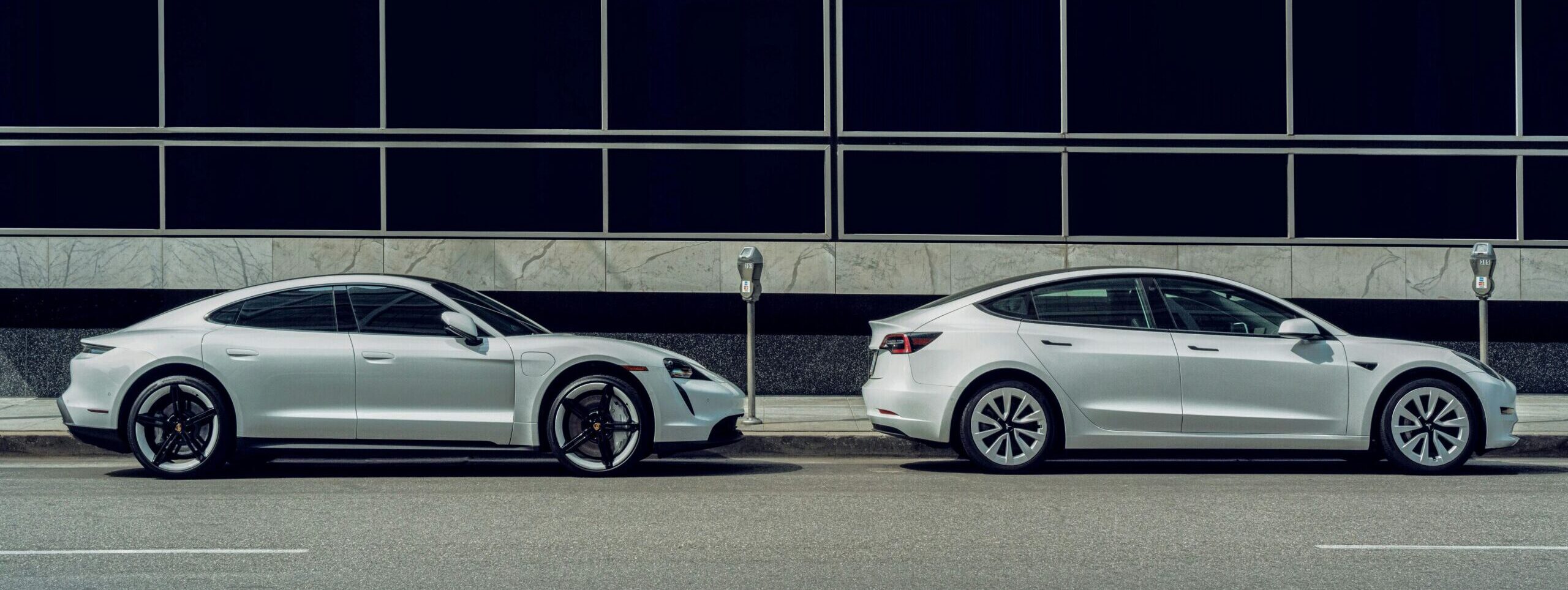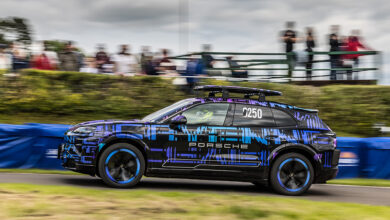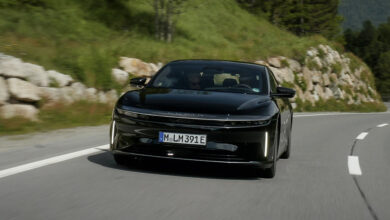JATO Dynamics Releases ‘In the Slow Lane: EV Demand In the US’ Report
The report highlights reasons why the country is adopting EVs at a slower rate...

According to JATO Dynamics’ latest report, ‘In the Slow Lane: EV Demand in the U.S.’, EV uptake within the country has stalled. The report analyses the reasons for lower levels of demand, and how the nation’s transition to electric could play out over the long term.
Global sales of battery electric vehicles (BEVs) increased rapidly between 2019 and 2023, soaring from 1.6% to 11.2% of global Light Vehicle (LV) sales. However, the U.S .has failed to keep pace with China and Europe in the switch to electric, according to the report.
China remains the main driver, accounting for more than half of global demand for BEVs, while Europe follows in second place with 22% of global demand. In contrast, the U.S. accounts for just 12% of global BEV sales, report officials stated.

Moreso than China and Europe, the U.S. faces a specific challenge in overcoming a culture of ICE dependence, driven by relatively low fuel prices and the preference among consumers for large vehicles, the data suggests.
According to JATO Dynamics, SUVs accounted for 56% of total LV sales in the U.S. in 2023, while pick-up trucks accounted for 18%. Large and luxury SUVs accounted for one fourth of these sales, totaling 3.13 million units.
By comparison, 10.3 million SUVs were sold in China in 2023, of which just 1.33 million were large and luxury models. In Europe, this figure drops significantly to just 352,000 units.
Due to higher BEV retail prices and the comparatively low cost of running an ICE vehicle in the U.S., there is no strong financial incentive to make the switch to electric, the report concludes. Another key factor associated with dampened demand for BEVs relates to the country’s limited charging infrastructure.
In 2022, China accounted for almost 90% of global growth of fast chargers, bringing the total stock in the country to 760,000. Europe saw a 55% increase compared with the previous year, bringing the total to more than 70,000. By comparison, 6,300 fast chargers were installed the US in 2022 bringing the total stock to just 28,000. While the deployment in the US it set to accelerate following the approval of the National Electric Vehicle Infrastructure Formula, provision is not currently sufficient to satisfy the explosion in demand expected over the coming years.
Michael Kasuba, global head of analytics at JATO Dynamics, commented: “Currently, many EV models available in the U.S. are priced from $40,000 upwards. With vehicle prices trending higher in recent years, the lack of affordable options may also be impacting younger buyers, who might be more inclined to purchase an EV.”
Despite ambitions to reposition the U.S. as a major producer and consumer of BEVs, government policy designed to protect the domestic automotive market is creating challenges for manufacturers. In 2022, global sales of cars produced by Chinese brands outside of their domestic market increased by 48% compared to the previous year. By comparison, sales from U.S. brands increased by just 1%, JATO reports.
From an automotive perspective, The Inflation Reduction Act is intended to reduce the industry’s dependence on China for both battery production and the supply of precious metals. However, the legislation is making it more difficult for manufacturers such as Tesla, General Motors and Ford to expand domestic production due to supply chain constraints, officials noted.
This, combined with weak consumer demand and the political uncertainty of the upcoming presidential election, has prompted some automakers to pause their electrification plans.
Tesla – the world’s largest maker of BEVs – sold 1.81 million units in 2023, ahead of the 1.57 million units sold by China’s BYD. The California-based manufacturer is the dominant force in the BEV market, accounting for 55% of all BEV sales in the country and sold more EVs than the 25 other brands in the market combined in 2023.
Notably, Tesla’s market share is significantly higher in the US than in other regions; in Europe and China the company boasts 18% and 12% market share respectively. While the growth in demand for BEVs in the US to date has been synonymous with the Tesla brand, closing the gap on China and Europe both domestically and abroad will require the collective efforts of all manufactures.
Felipe Munoz, global analyst at JATO Dynamics, commented: “While Tesla is a clear success story of the American EV transition, other carmakers are struggling to combat China’s advantage. If the US is to maintain its leadership in the global automotive market over the coming years, both government and the industry must be willing to engage in constructive debate and embrace the change that’s necessary to ensure the challenges can be addressed.”



